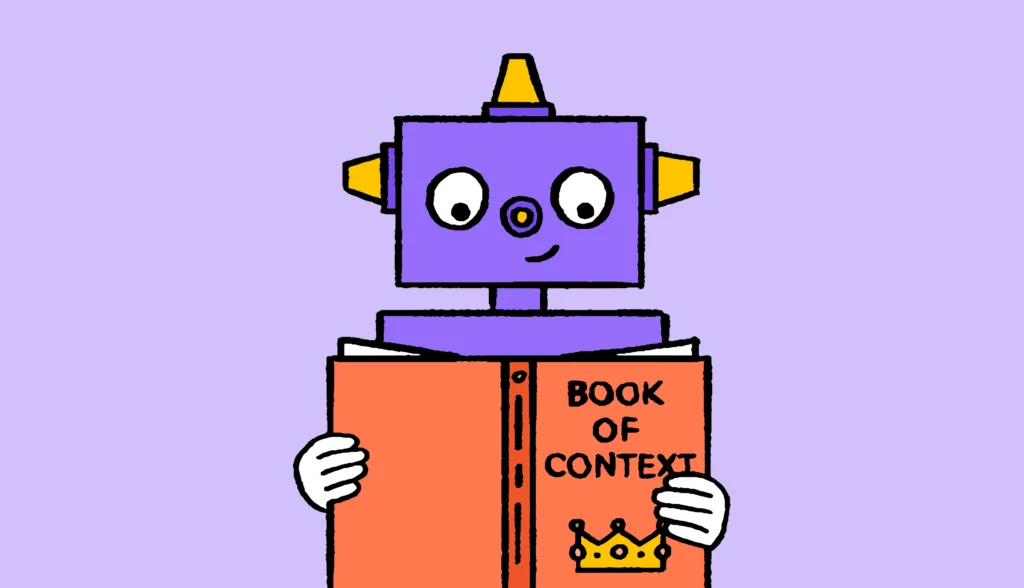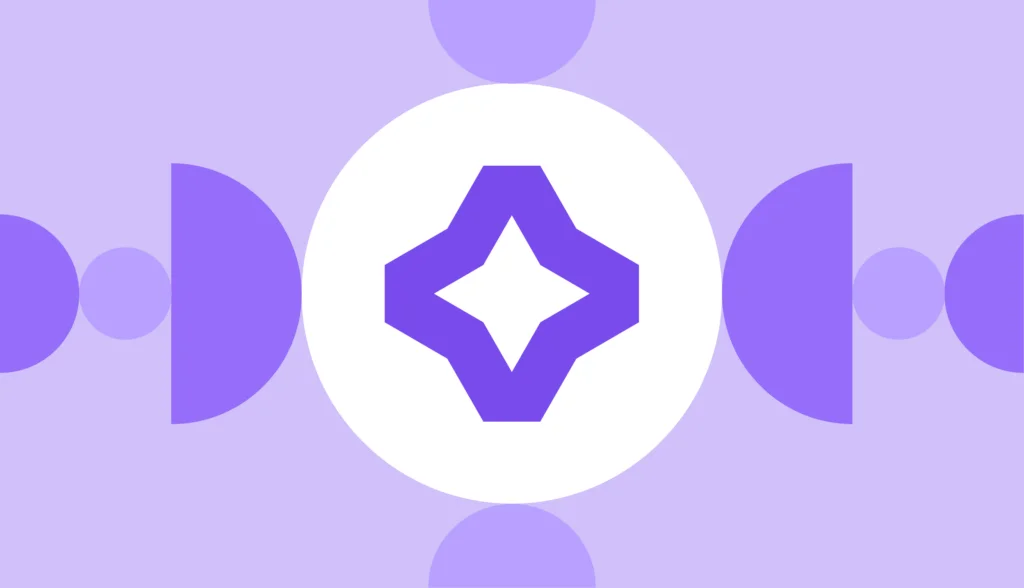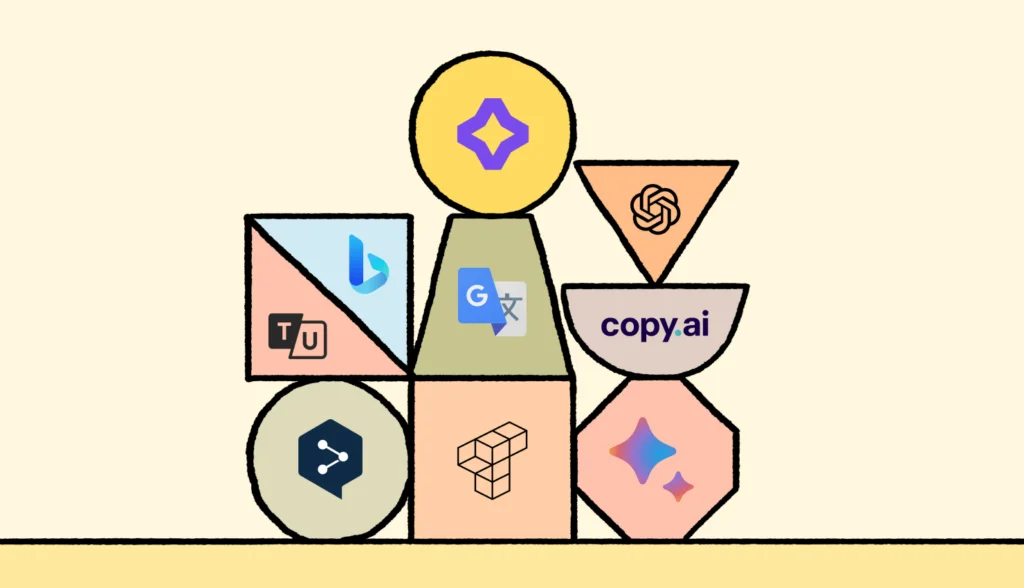Why is it so hard to get translations that tick all these boxes?
- Sensitive to cultural norms
- Industry-specific
- On-brand
- Accurate
If you’ve translated product copy, marketing content, or anything else in the past, you’ll know that it’s hard to get translations right—at least the first time around. This is where many begin asking: what is AI translation, and can it help improve accuracy and efficiency in this process?
Language is complex. Even human translators struggle to deliver perfect translations that resonate with your target audience. They may not be familiar with new and industry-specific terminology. Or lack knowledge of the culture they’re translating content for. Maybe they have tight deadlines and don’t have time to consult your style guide. That most likely means translations are off-brand and inconsistent, highlighting the critical need for effective translation and localization strategies.
Establishing a clear localization process can significantly reduce these challenges, ensuring that translations are consistently accurate, on-brand, and culturally sensitive.
While machine translation tools have improved over the years, they still struggle with inconsistencies and linguistic variations. They translate word for word and neglect cultural customs and sensitivities. In other words, they ignore context.
So what’s a global business to do? Give the best AI translation tools a chance.
Need quick translations with context?
Try Lokalise AI to see how you can deliver accurate and on-brand AI translations 8X faster.
Context is king in translations
Contextual AI tools have emerged as a game-changer. They aim to bridge the gap between machines and humans and enhance the quality of ‘machine’ translations through contextual translation.
Instead of literal interpretations, newer AI tools evaluate surrounding text, patterns in language, colloquial meanings, and cultural references to yield the most accurate translation.
It’s machine translation with context, at impressive speed.
Without context, traditional machine translation (MT) tools translate the idiom “I’m over the moon” literally as “I’m on the moon.”‘ But AI-powered contextual tools understand this phrase means “I’m happy or excited.” This highlights a key difference in the MT vs AI debate: while MT focuses on word-for-word translation, AI aims to grasp meaning and context.
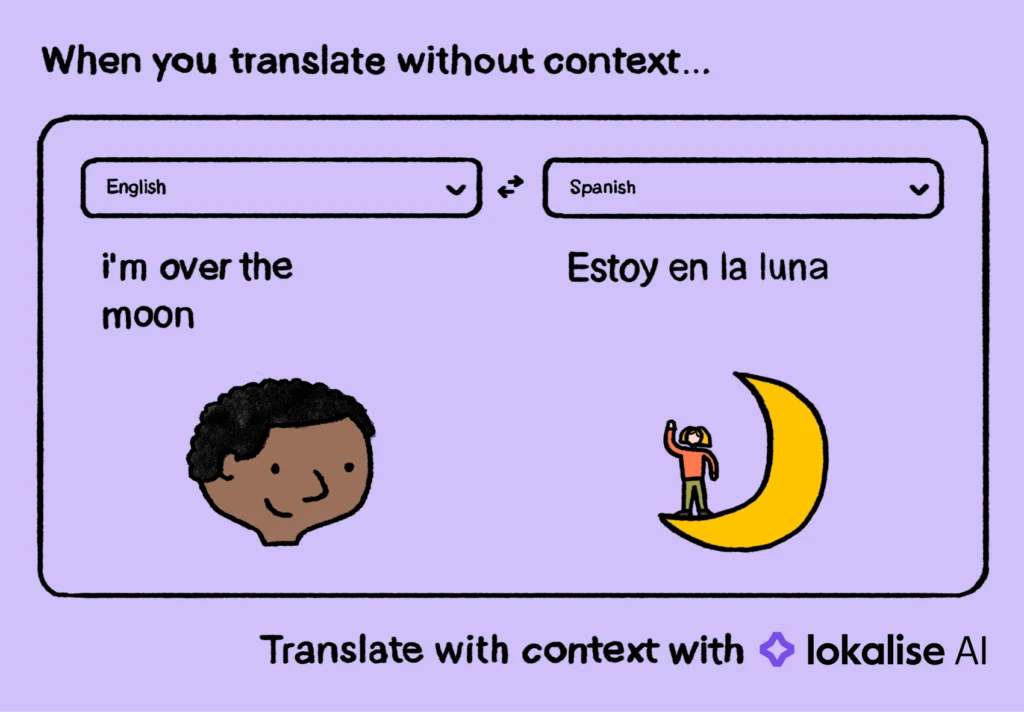
Similarly, AI translations can include homonyms (words spelled the same with different meanings). For example, dog bark vs. tree bark.
By understanding context, AI systems can generate on-brand and accurate translations that meet the specific requirements of each translation project.
How to give context to AI tools
The latest AI tools already use and understand context.
They’ve been trained on huge amounts of data and evolve on the go. In a similar way to how humans learn. However, when it comes to very specific or low-resource challenges, you might need to add more layers of context for even more accurate results. The process is similar to ‘prompt’ writing. Like with ChatGPT, you help AI understand the information it’s processing by giving it an outline.
Some tools have built-in features for context, like Lokalise AI. Upload your style guide and glossary once for accurate and contextual AI translations every time.
Get AI translations with context
Try Lokalise AI to see how you can deliver accurate and on-brand AI translations 8X faster.
Here’s how you can give AI some extra layers of context.
Leverage translation memory for contextual AI translation
One way to give context to AI translators is by using translation memory. Translation memory is a database of previously approved translations. AI tools with built-in translation memory can access past translations and match them to the same or similar contexts.
Take legal documents or technical manuals, for example. You can store precise terminology and specialized knowledge that was previously translated and approved, to get more accurate translations in the future.
Create and update glossaries for context-aware translations
Another essential layer for context-aware translation is a glossary. Glossaries contain industry-specific terminology and their translations. Glossaries should be constantly updated to keep up with changing terminology, so AI translation tools can also stay up to date.
Localization glossaries also play a crucial role in addressing cultural and regional variations. Context can vary based on regional or cultural differences, and adding these variations into glossaries helps the system provide translations that are tailored to specific locales and/or popular culture and better suited for the target audience.
With Lokalise AI you can upload your glossary with one click and sync it for all future translations.
Create a style guide for translation consistency
Adding a translation style guide to AI translation tools keeps the tone, style, and grammar in your translated content consistent, making it easier to stay on brand. Make sure there are no contradictions in your style guide, otherwise AI translation tools could get confused.
Like your glossary, you need to revisit your style guide regularly, and it’s always best practice to have one style guide for each language. Once you’ve nailed your style guide for AI translation, you’ll get on-brand translations every time.
Want to create your AI style guide? Get your free template here.
Segment sentences for more accurate translations
Another technique you can use to improve translation accuracy is sentence segmentation. Smaller chunks of content make it easier for AI to translate and maintain the flow and coherence of the original text.
By considering the relationships between sentences and understanding the context in which they appear, AI systems can provide translations that read naturally and coherently. This technique is particularly useful for languages with different sentence structures. It’s also useful for multilingual microcopy.
Translation management systems often use keys to split content and map it to different localization in your user interface. Let’s say you have a CTA across various touchpoints in your app. This will become a ‘key’ with a value.
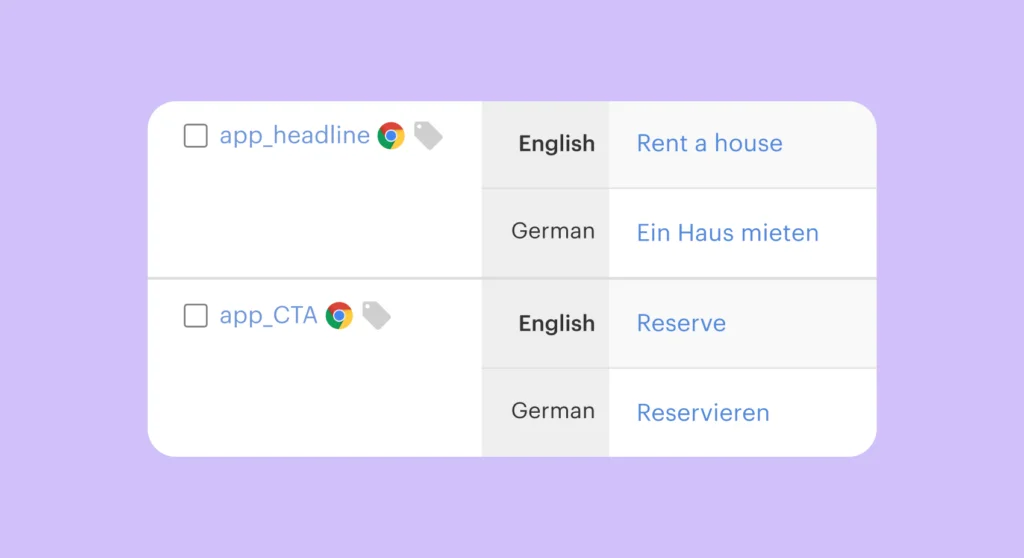
Once you’ve added your translations, you can automatically push the translated content to the correct text component in your app.
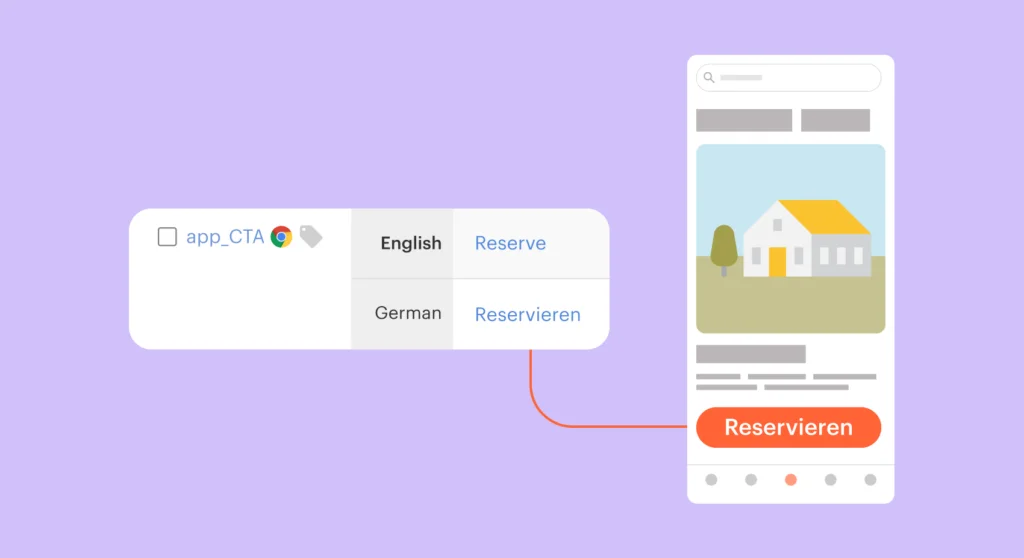
Consider cultural and regional preferences
You’ll need to help AI tools understand cultural and regional preferences, like orthotypography, symbols, tone, and more. AI doesn’t always catch subtle differences between languages and cultures.
- Amounts with commas, no comma, or period: 1,000, 1000, or 1.000
- To space or not to space: 6% or 6 %, Hello? or Hello ?
- Should brand names use Italics?
- Black Friday should be advertised as White Friday in the Middle East, Black Week in Germany, Black Friday Week in Switzerland, and El Buen Fin in Mexico
The benefit is that you only need to tell AI once, so you can avoid these often hard-to-spot mistakes in the future.
Cultural preferences can also be a section within your style guide. By considering cultural and regional preferences, AI tools can generate translations that are culturally sensitive and resonate with the target audience. This technique is crucial for localization projects, where translations need to be adapted to the cultural norms and preferences of the target market.
Optimize for content type and industry
Different content types may present unique challenges when it comes to context-aware translation. For instance, legal documents or technical manuals require precise terminology and specialized knowledge. Social media posts follow specific patterns for different platforms. Landing pages often follow a similar structure. Content needs to follow best SEO practices.
Creating specific prompts for different content types can help AI translation tools deliver more accurate results.
Keep humans in the loop
User feedback plays a vital role in refining AI translation over time. Collecting and incorporating feedback, either from your customers or translators, helps you fine-tune AI tools.
This iterative feedback loop between humans and AI translators ensures that the system evolves to provide more accurate, contextually appropriate translations that meet audience expectations.
Professional translators can review and fine-tune the AI-generated translations, ensuring that they accurately convey the intended meaning and maintain the desired tone.
Conclusion
Context-aware AI translation has transformed the translation and localization industry.
Now you can get more accurate and contextually appropriate translations at speed.
As the field of AI translation continues to evolve, the importance of context in achieving accurate and nuanced translations cannot be overstated.
With the right combination of context, AI algorithms, and human expertise, context-aware translation opens up new possibilities for more accurate, efficient, and contextually appropriate translations across various industries and domains.
Give Lokalise AI a go for accurate and on-brand translations in just a few clicks.
Get AI translations with context
Try Lokalise AI to see how you can deliver accurate and on-brand AI translations 8X faster.


